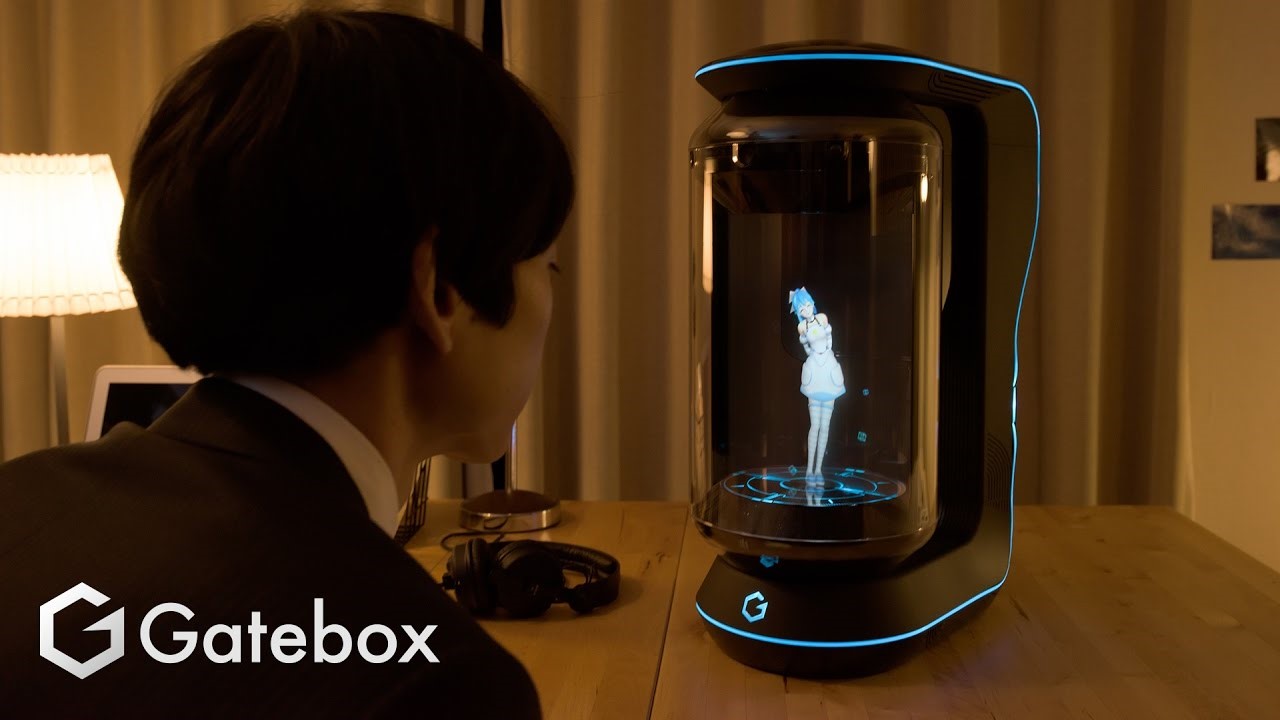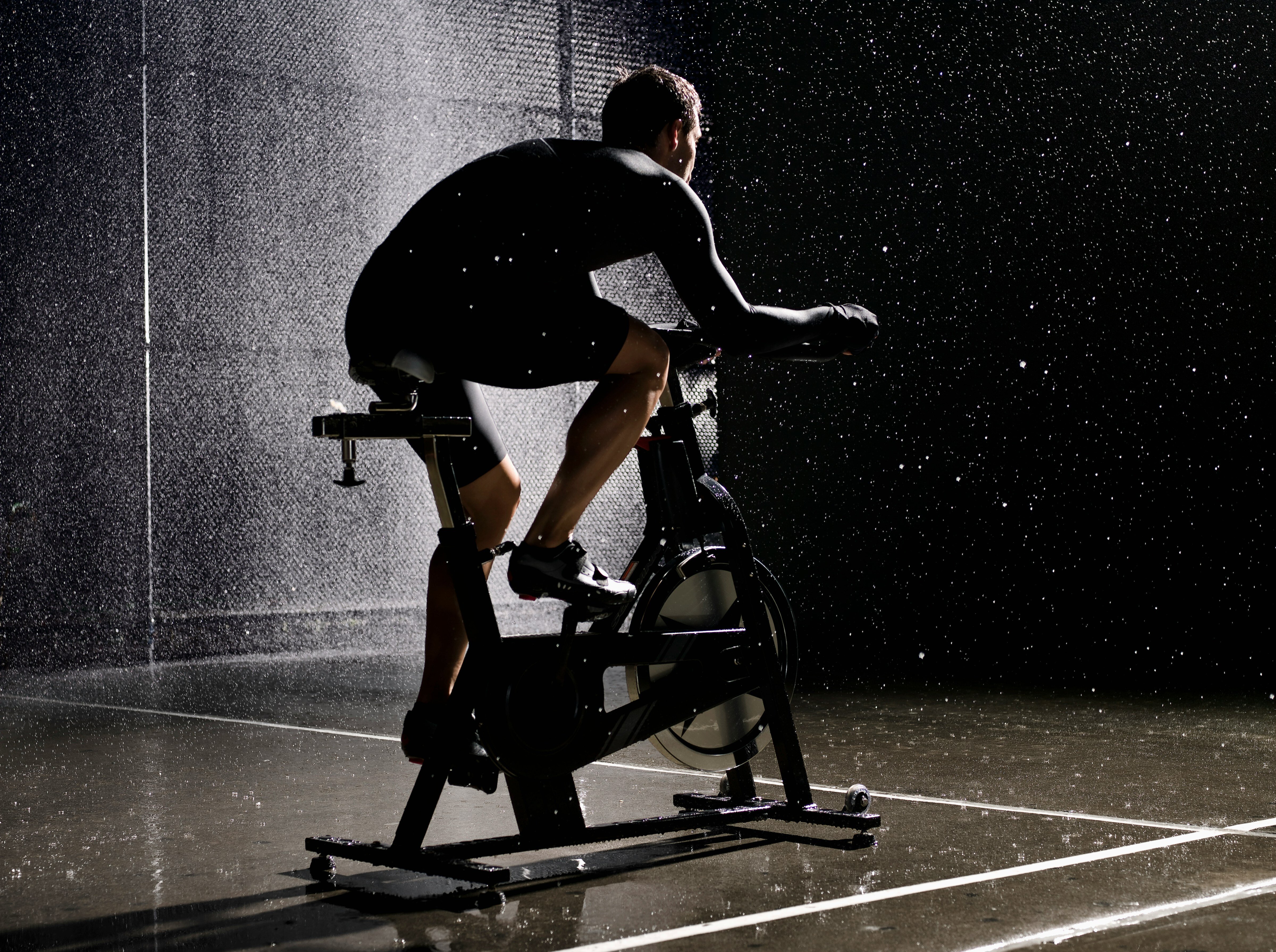Bryter Insight Director, and expert in all things behavioural science, Anzie Huynh discusses the intention-action gap when reaching fitness goals.
YouGov recently reported* that a quarter of Britons think they could qualify for the Olympics if they started training today.
While many are inspired to pursue Olympic glory, the vast majority of us will find it challenging to stay committed.
Even on a less ambitious level, staying committed is hard. How many of us have had the best intentions to get faster, fitter, or do all the rehab our physiotherapist has given us, only to fall short of the goals we’ve set? These are classic examples of the intention-action gap, a cognitive bias where we struggle to convert well-meaning plans into action.
Designing exceptional tech to address the Intention-Action Gap
When it comes to fitness tech, the intention-action gap is a big deal. If the technology doesn’t help bridge that gap, we can fall off the wagon. This not only leads to an unsatisfactory experience but it also undermines the credibility of a product or service in supporting fitness goals.
So, how do you design exceptional fitness tech that keeps people engaged and moving towards their goals?
It’s all about understanding our very human cognitive biases.
Let’s dive into three different biases and how fitness tech can be designed to tackle them
1. Present Bias: Give People a Reason to Act Now
Present Bias is that little voice in your head that says, “I’ll just do it tomorrow,” because Netflix sounds way more appealing than a workout. It’s all about prioritising immediate comfort over long-term benefits.
To combat Present Bias, fitness tech should offer instant rewards or feedback that make you feel good about taking action now. Think about features like instant notifications when you hit a goal or daily streaks that give you a quick win. When the benefits of working out feel immediate and tangible, you’re more likely to keep coming back for more.
2. Motivation Bias: Celebrate the Small Wins
Motivation bias is the idea that we get more motivated as we get closer to our goal. If the goal feels too far away, it’s easy to lose steam. But if we’re almost at the finish line, we will put in a bit more effort.
Graded goal gradients break down big, intimidating goals into smaller, bite-sized milestones. Instead of focusing on the end game (like running a marathon), fitness tech can be designed to celebrate and track smaller achievements—like running a 5K, then a 10K. Progress bars, milestone badges, and regular updates can help you see how far you’ve come, making it easier to stay motivated and keep pushing forward.
3. Planning Fallacy: Set Realistic Expectations
We fall victim to Planning Fallacy when we underestimate how much time and effort something will take. In fitness, this means we often think we can hit those big goals faster and easier than we actually can. So when we don’t get there, we aren’t as likely to keep persisting.
To avoid the trap of the Planning Fallacy, fitness tech should help set realistic timelines and goals. This could be offering personalised advice based on current fitness levels and lifestyle. Ideally, the tech can adjust goals and still make you feel like you’re achieving something (see motivation bias!) so you can stay on track without burning out.
Designing Fitness Tech That Works
The intention-action gap is a key challenge to address when designing fitness tech that will be enduring and create a great user experience. By understanding the cognitive biases that cause us to fall short—like Present Bias, Motivation Bias, and the Planning Fallacy—fitness tech brands can design products and services in a way to keep us on track, and love their products.
*YouGov report
Read more
Read more about market research into the internet of things, and how Bryter supports smart technology manufacturers and service providers with insights that can power the next generation of smart technology solutions and services




